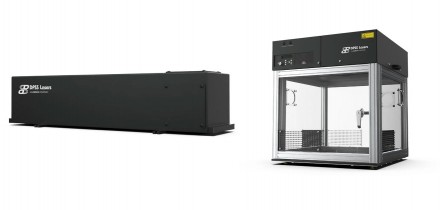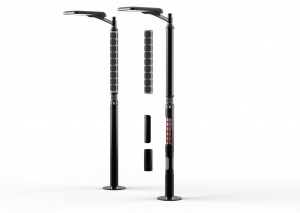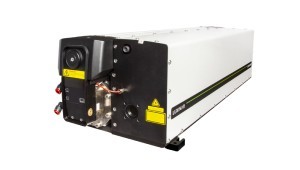
We’re more aware than ever about the importance of halting climate change and cleaning up our planet; environmental issues now feature strongly in global summits, corporate boardrooms and classroom lessons. What can computer vision do to help in the fight against pollution? The image above shows just one example, where a project called DeepTrash is detecting plastic in the ocean using AUV’s equipped with cameras.
Cleaning up the oceans
Plastic in the world’s oceans is a major threat to marine life and engineers globally have invested in technologies to address the problem. The sources for plastic pollution are wide-ranging and diverse, including food packaging, discarded fishing gear, illegal dumping and accidental chemical leaks from ships.
In 2021, researchers from California State University Monterey Bay, The Ocean Cleanup and UC San Diego published a paper on using AUVs (autonomous underwater vehicles) to identify the most harmful floating plastics in order to aid prioritising areas for cleaning up.
The team used lidar and sonar imaging onboard an underwater robot to identify harmful objects in the epipelagic zone (upper open ocean). They used around 3000 internet images and deep convolutional neural networks to train the computer vision model, which they named DeepPlastic, and reported a level of 93% accurate identification.
AUVs have also be deployed to assist in the event of oil spillages from tankers, such as the Deepwater Horizon disaster of 2010. Onboard Cameras and sonar tools can be used to image plumes of oil droplets below the surface of the water, which don’t always move in predictable ways. Additional sensors can identify the particle size or petrochemical type involved, helping to identify the cause or location of the spill where this is unknown.
Caught on camera: busting litter bugs
LitterCam is the simple idea of a British company to enforce a reduction in littering from vehicles. The solution involves surveillance cameras and an AI algorithm that recognizes rubbish being deposited out of car windows. The platform reads the vehicle’s number plate and automatically issues a fine through the post. It was trialled in Maidstone, UK, in July 2021 and hailed as a cost-effective and efficient solution to the town’s garbage grumbles.
It hasn’t all been plain sailing and the trial has been extended beyond its original six week plan to allow for the retesting and software retraining required due to the high levels of non-detection and false positives that resulted. However, the theory is good, and in the long term the solution should be able to reduce littering and help clean up our streets.
Space junk
Sadly, it’s not just the earth and oceans that are filling up with rubbish and pollutants – near-Earth space is becoming a bit of a dustbin as well. Space missions and satellite deployments over decades have left a trail of hardware orbiting the earth which needs to be cleaned up sooner rather than later – currently there are more redundant satellites in orbit than functioning ones! Several projects have been undertaken to look at ways to dispose of the bulky remains of spaceships, satellites and other debris from our ventures into space. There’s even an established acronym for this work – ADR (Active Debris Removal).
Computer vision is playing an important role in this cosmic clean-up. The European Space Agency (ESA) will launch ClearSpace-1 in 2025. This will send a “space claw” which will rely on vision-based navigation (VBN) technology to grab junk up to the size of a standard washing machine and send it back towards the earth, causing it to burn up on entry into Earth’s atmosphere.
Other innovations include technologies for in-space operations from UK’s company LMO, which is developing and testing machine learning algorithms that are designed to distinguish between satellites and space debris using thermal infrared and optical cameras. Oxford Instruments’ subsidiary Andor, manufacturers of a scientific detector camera, also aim to assist astronomers to identify objects which pose a risk to ground-based astronomy applications.
Autofocus-zoom cameras are an essential part of vision systems designed to detect and identify pollutants. Harrier cameras offer solutions for any type of surveillance, UAV or AUV system.
Written by Natalie Ryan, Marketing Specialist, Active Silicon






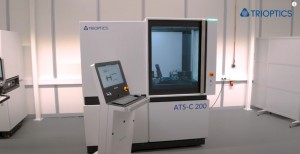
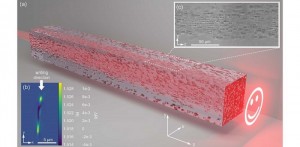
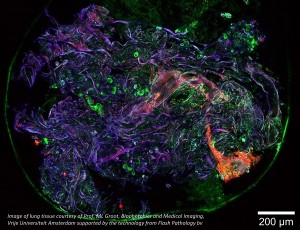

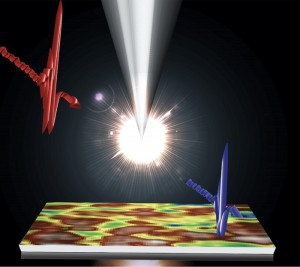

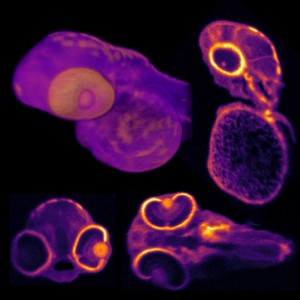
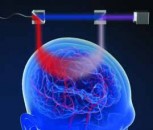

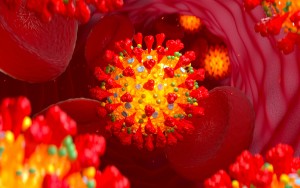















 Back to Features
Back to Features










